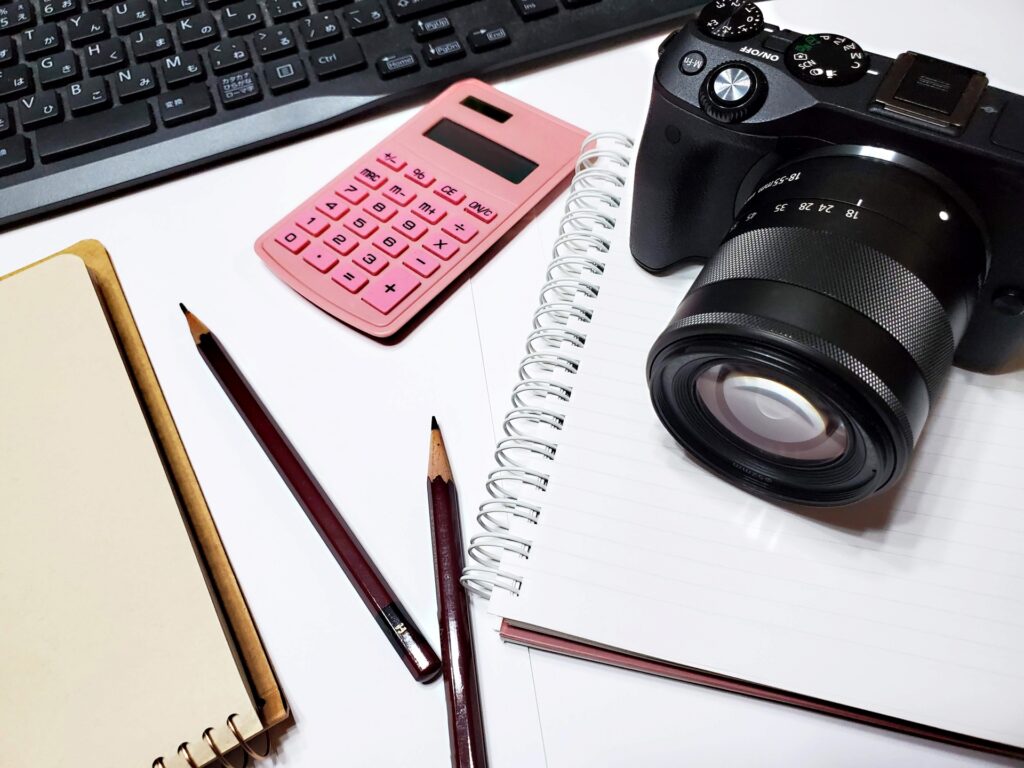The iPhone 16 and Pixel 9 represent two of the most anticipated smartphones of 2024, with both boasting advanced camera technology. Each device takes a distinct approach to mobile photography, making it essential to compare their strengths. This article dives into an in-depth analysis of over 100 photos to reveal the real differences between these two contenders.
Camera Hardware Comparison: iPhone 16 vs Pixel 9

The iPhone 16 and Pixel 9 are equipped with impressive camera hardware, but each follows a different design philosophy. The Pixel 9 features a 50MP main camera with an f/1.68 aperture, accompanied by a 48MP ultra-wide camera with an f/1.7 aperture. Its large sensor allows for more light capture, leading to detailed and sharp photos, particularly in bright conditions. On the other hand, the iPhone 16 opts for a 48MP main camera with an f/1.6 aperture, complemented by a 12MP ultra-wide lens with an f/2.2 aperture.
Both devices lack dedicated telephoto lenses, relying instead on sensor cropping for 2x zoom. This difference in hardware design reflects each company’s approach to mobile photography. Google emphasizes computational photography with the Pixel 9, enhancing details through software. Meanwhile, Apple focuses on color accuracy and brightness, delivering images with natural tones. While the Pixel 9 offers a technically superior sensor size, the iPhone 16’s efficient image processing makes it a strong contender in various shooting conditions. The choice between these two devices largely depends on user preference for hardware or software-driven results.
Pixel 9’s Daylight Dominance: Capturing Details with Precision
In bright, daylight conditions, the Pixel 9 excels, thanks to Google’s advanced computational photography. The Pixel 9 handles challenging lighting scenarios—such as direct sunlight or high-contrast environments—exceptionally well. It minimizes blown-out highlights and preserves shadow details, creating well-balanced images with impressive clarity. This makes the Pixel 9 particularly effective in outdoor photography, where natural light can often overwhelm a camera’s sensor.
Comparing similar photos, the Pixel 9 consistently outperforms the iPhone 16 in terms of sharpness and detail retention. The iPhone 16, while no slouch in daylight conditions, struggles slightly with overexposure in harsh sunlight, leading to washed-out areas in the image. While the iPhone 16 delivers bright and vivid pictures, the Pixel 9 maintains a more consistent balance, especially in high-contrast scenes. For users who prioritize landscape or cityscape photography, where preserving details in both highlights and shadows is critical, the Pixel 9 emerges as the better option in these lighting conditions.
iPhone 16’s Superior Color Accuracy in Photography
While the Pixel 9 impresses with its sharpness, the iPhone 16 stands out in color accuracy. Apple’s image processing prioritizes realistic color reproduction, delivering photos that closely match what the human eye sees. Greens, blues, and skin tones are particularly well-rendered on the iPhone 16, offering a more natural look compared to the often exaggerated hues of the Pixel 9. This makes the iPhone 16 an excellent choice for users who value true-to-life colors in their photography.
In side-by-side comparisons, Pixel 9 images can appear overly saturated, especially in scenes involving natural elements like trees or bodies of water. The greens in foliage or the blues in the sky often appear too vibrant, leaning towards an almost cartoonish quality. In contrast, the iPhone 16 manages to capture the subtle nuances in color, such as the soft greens of grass or the pale blue of a clear sky. This natural color reproduction makes the iPhone 16 a strong candidate for professional photographers or anyone who prefers more realistic images.
Macro and Zoom: A Close Look at Both Devices’ Performance
When it comes to macro photography, the iPhone 16 takes the lead. Its ability to capture fine details at close range is unmatched, producing clear and vibrant images with a pleasing background blur. The Pixel 9, though competent, struggles with focus in macro settings, sometimes resulting in blurred images, especially when dealing with very small subjects. This makes the iPhone 16 more reliable for users interested in close-up photography, such as nature or food photography.
In terms of zoom, both devices rely on digital solutions rather than optical zoom. Pixel 9’s “Super Res Zoom” excels in enhancing details even at higher zoom levels, offering sharp images that hold up under scrutiny. However, the iPhone 16 outperforms in terms of brightness and clarity, especially in 2x zoom scenarios. Its images tend to be brighter and more vivid, although they may sacrifice some detail compared to the Pixel 9. Overall, while both devices offer respectable zoom and macro performance, the iPhone 16 provides more consistent results for close-up shots, while the Pixel 9 edges ahead in long-distance zoom capabilities.
